#king haakon vii
Explore tagged Tumblr posts
Text




Happy Valentines Day *Royal Edition*
Queen Maud and king Haakon VII of Norway
Queen Astrid and King Leopold III of Belgium
Queen Ingrid and Frederik IX of Denmark
Princess Alexandra of Kent and Sir Angus Ogilvy
#HAPPY VALENTINES DAY#queen maud#queen maud of Norway#maud of wales#king haakon#king haakon VII#king haakon of norway#norwegian royal family#queen astrid#queen astrid of belgium#princess astrid of sweden#king leopold#king leopold III#king leopold of belgium#belgium royal family#queen ingrid#queen ingrid of denmark#princess ingrid of sweden#king frederik#king frederik IX#danish royal family#princess alexandra of kent#princess alexandra#angus ogilvy#sir angus ogilvy#british royal family#royals
30 notes
·
View notes
Text
Royal Autumn 2024 Challenge: Day 13
Favourite photo(s) of royals with their ancestors









#royal autumn 2024 challenge#i know william of orange isn’t WAx’s ancestor but it was the best I could find#prince william#queen victoria#king harald#king olav v#king haakon vii#king willem alexander#william of orange#queen margrethe ii#crown prince christian#king frederik x#grand duke henri#hereditary grand duke guillaume#prince charles of luxembourg#grand duke jean#crown princess victoria#jean baptiste bernadotte#prince albert#princess grace#princess elisabeth#queen elisabeth of belgium#king felipe vi#princess leonor#infanta sofia#king charles iii of spain
12 notes
·
View notes
Text
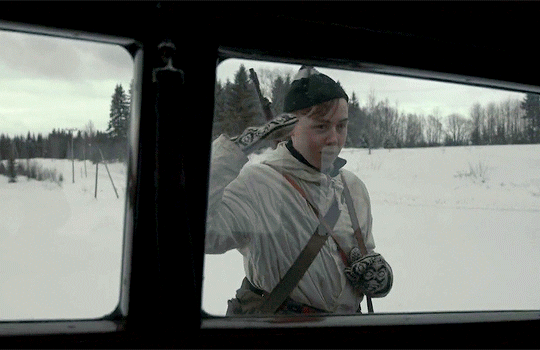

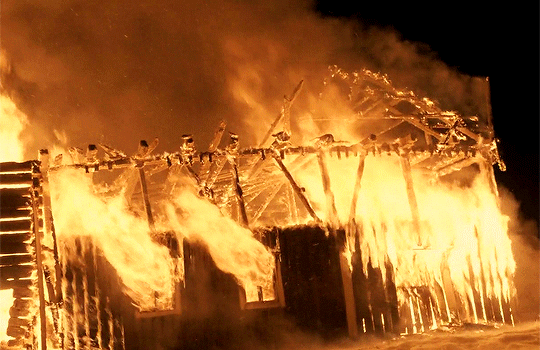



REX FLICKS (a royalty-themed film recommendation service™) THE KING'S CHOICE (2016) dir. Erik Poppe
THREE DAYS IN APRIL
On 9 April 1940, German soldiers arrive in the city of Oslo. King Haakon VII of Norway faces a choice that will change his country forever. The King’s Choice is a story about three of the most dramatic days in Norwegian history, the royal family’s escape and King Haakon’s difficult choice after Nazi Germany’s invasion of Norway.
#royaltyedit#filmedit#dailyworldcinema#kongens nei#the king's choice#scandinavian cinema#norwegian cinema#erik poppe#jesper christensen#anders baasmo christiansen#king haakon vii#norwegian royal family#rexflicks#**#gif: misc
27 notes
·
View notes
Text
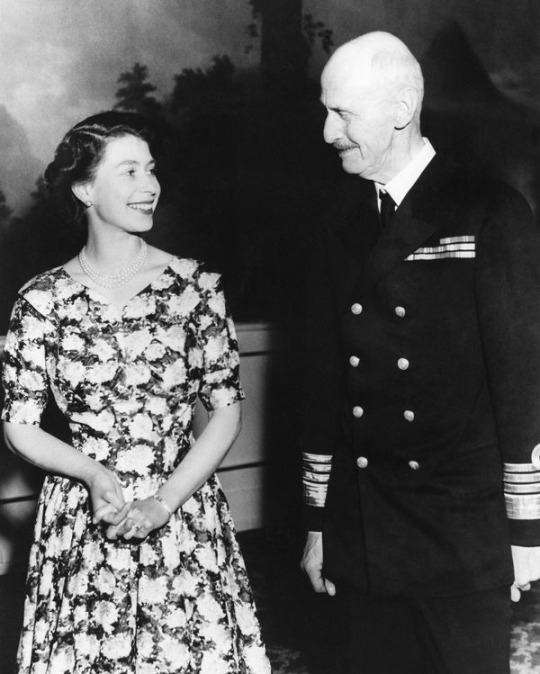
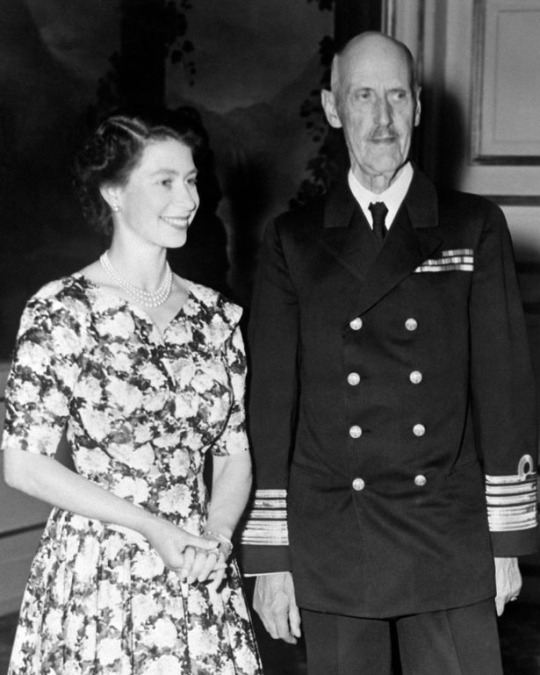
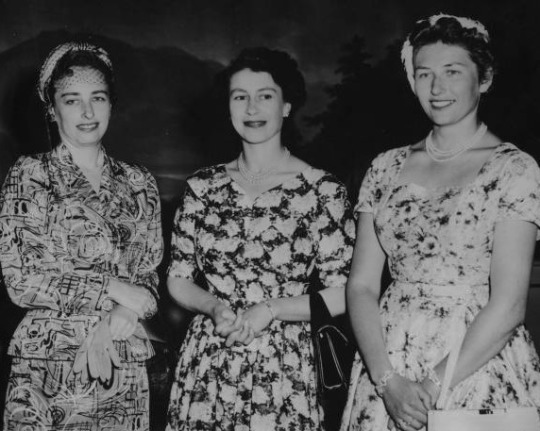
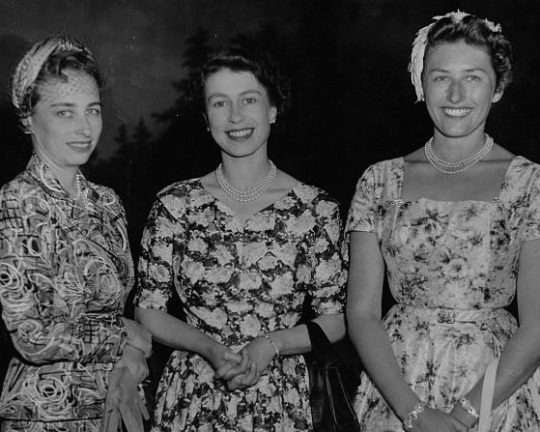


25 June 1955: The Queen and Prince Philip with the Norwegian Royal Family during their state visit to Norway.
44 notes
·
View notes
Text

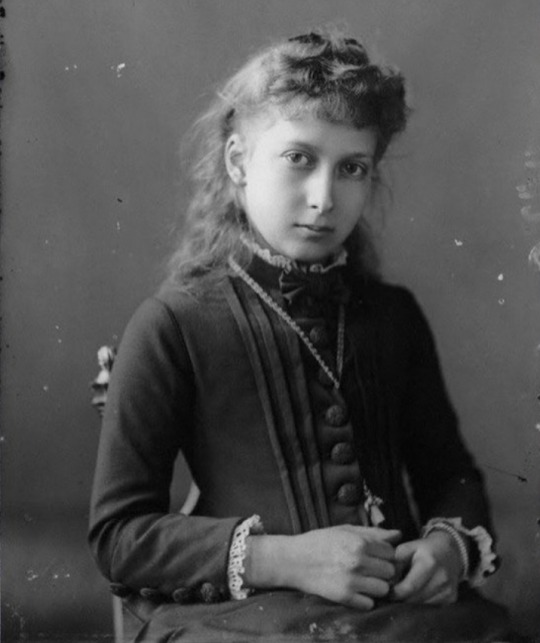
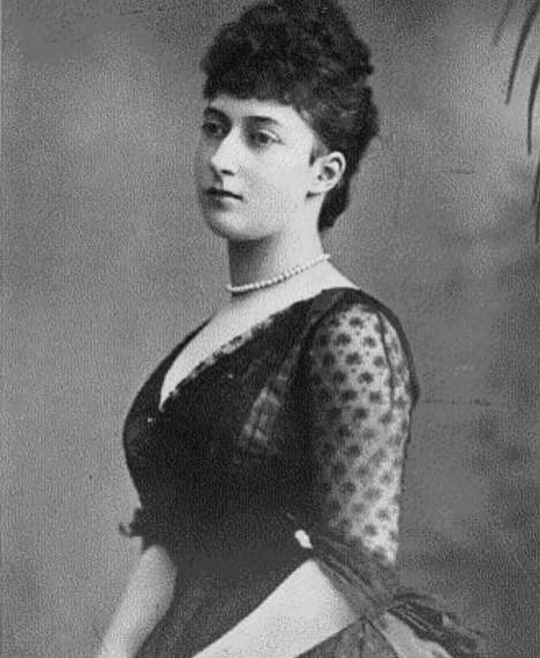

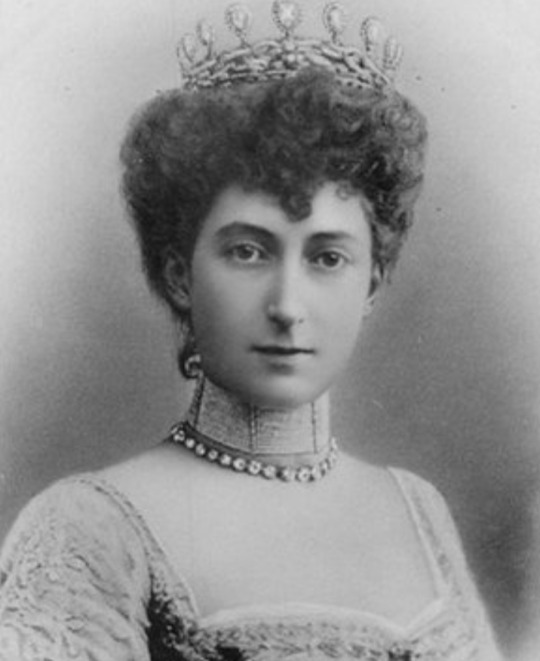
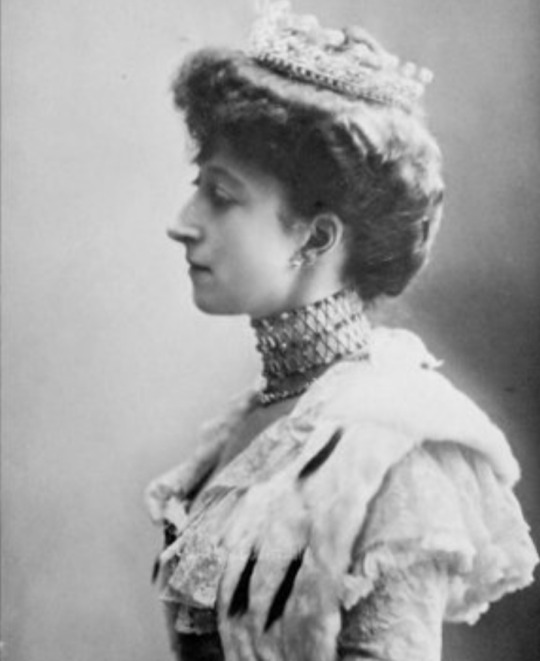
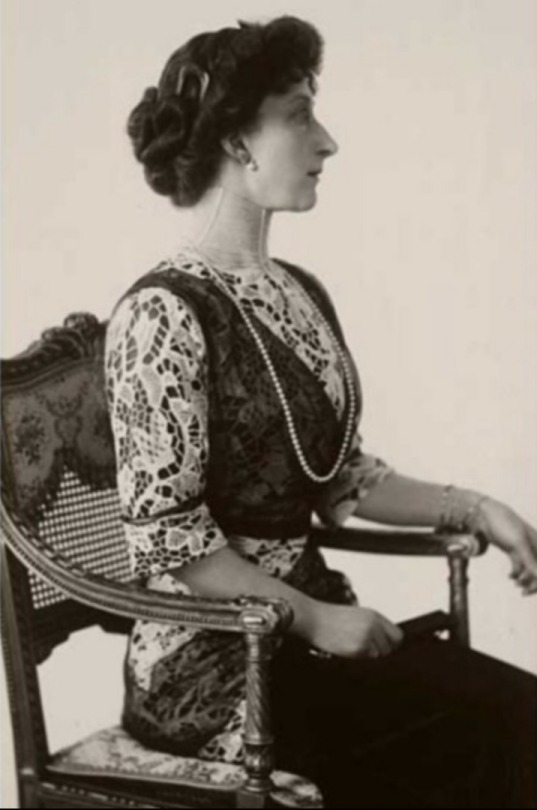
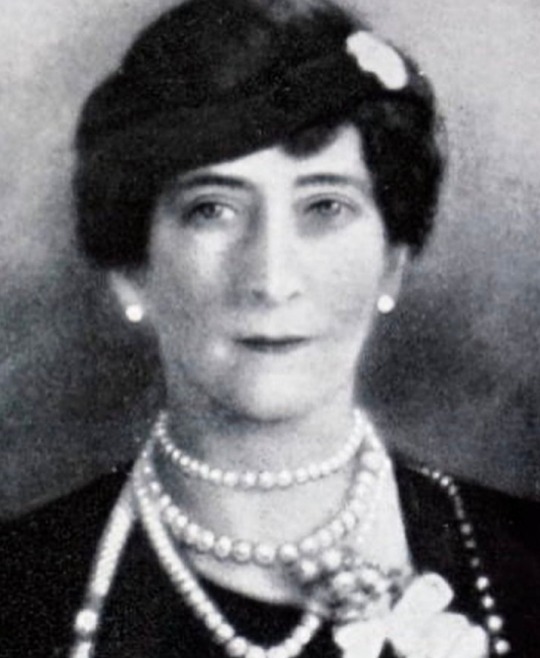


BORN ON THIS DAY:
Maud of Wales VA, CI, GCVO, GCStJ (Maud Charlotte Mary Victoria; 26 November 1869 – 20 November 1938) was Queen of Norway as the wife of King Haakon VII.
The youngest daughter of King Edward VII and Queen Alexandra of the United Kingdom, she was known as Princess Maud of Wales before her marriage, as her father was the Prince of Wales at the time.
#Princess Maud of Wales#Princess Charles of Denmark#Her Majesty The Queen of Norway#King Haakon VII#House of Saxe-Coburg and Gotha#House of Glücksburg#British Royal Family#Norwegian Royal Family
19 notes
·
View notes
Text


Who: King Haakon VII Role: King of Norway Allegiance: Neutral
As with most monarchies, Norway initially committed to a policy of neutrality during the war but was invaded in 1940. The Germans proposed that Haakon and the government remain in power, but surrender to ultimate Nazi authority. The King came to the conclusion that he could not morally allow himself to cooperate with Hitler but knew that constitutionally the decision over whether to surrender was up to the government. And so when he visited his ministers to present the offer he gave a rousing speech where he recognised the terrible choices in front of them and offered to abdicate if the government decided to surrender and cooperate with Hitler. This speech saw Haakon speak as both a man and a King, and his willingness to give up the throne in order to honour both his principles and his duty as head of state is in contrast to the selfish motivations of some other monarchs. The government was so moved that it swayed their policy and they eventually went into exile in the UK rather than endorse the Nazi regime. From the UK, Haakon became a symbol of resistance for his citizens back home who would often wear clothing and jewellery with secret references to Haakon.
#king haakon#king haakon vii#norwegian royal family#norwegian royals#royals#royalty#royal fandom#world war 2#episode 103
3 notes
·
View notes
Text





Maud of Wales - Queen of Norway, was the youngest daughter of King Edward VII and Queen Alexandra of the United Kingdom, and the grandaughter of Queen Victoria and Prince Albert.
Maud had great taste in gowns, and she was always impeccably attired, for every occasion.
As the wife of King Haakon VII of Norway, Maud must have had a considerable dress allowance.
A remarkable number of her gowns have been preserved.
Here are some of them from the period just prior to WWI, circa 1906-1914.
#dark academia#light academia#classical#academia aesthetic#escapism#academia#books and libraries#classic literature#books#architecture#history#royal#maud of wales#Queen of Norway#King Edward VII#Queen Alexandra#united kingdom#grandaughter#Queen Victoria#Prince Albert#gowns#fashion#King Haakon VII of Norway#wwi#royal core#historical#aesthetic
75 notes
·
View notes
Text
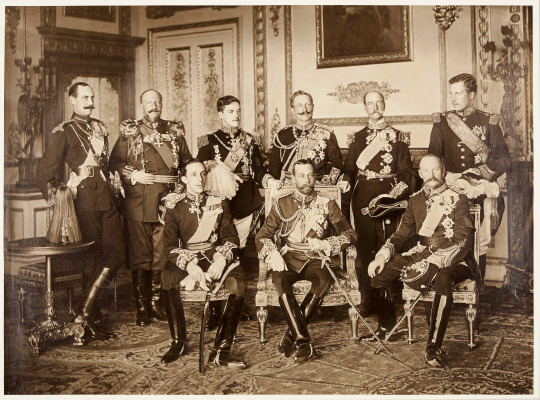
Nine European Sovereigns at Windsor Castle for the funeral of King Edward VII of the United Kingdom (Photo courtesy of Royal Collection Trust) | May 20, 1910
Standing (left to right): King Haakon VII of Norway, King Ferdinand of Bulgaria, King Manuel of Portugal, Emperor William II of Germany, King George I of the Hellenes, King Albert of the Belgians Seated (left to right): King Alfonso XIII of Spain, King George V, King Frederick VIII of Denmark
#royaltyedit#theroyalsandi#george v#king george v#king george v of the united kingdom#haakon vii of norway#king ferdinand of bulgaria#king manuel of portugal#king william ii of germany#king george of hellenes#king albert of the belgians#king alfonso xiii of sapin#king frederick viii of denmark#british royal family#my edit
81 notes
·
View notes
Text

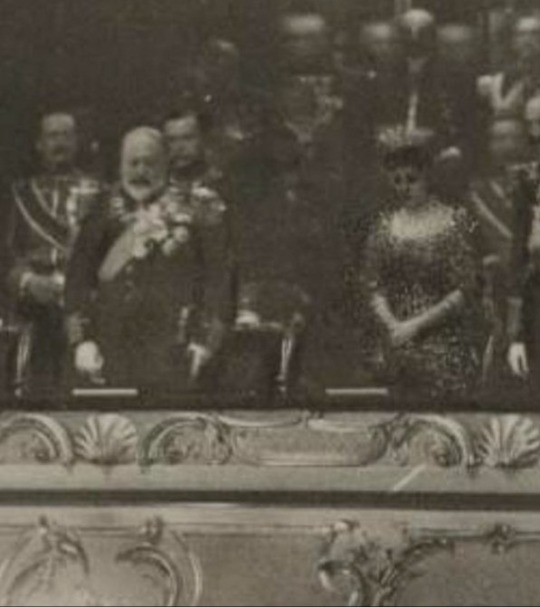
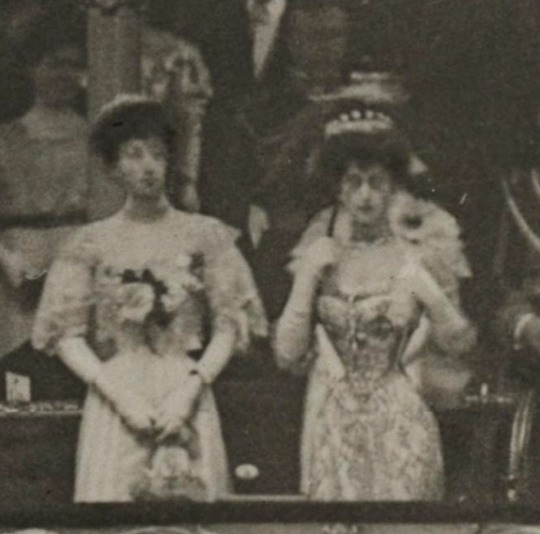
EXTREMELY RARE PHOTO
(L->R) Princess Victoria of Wales, Queen Maud, King Edward VII, Queen Alexandra & King Haakon VII at The National Theatre in Oslo on April 29th, 1908.
Photo Credits: aneacostumes on instagram
#princess victoria of wales#princess toria#maud of wales#queen maud#queen maud of norway#king edward vii#queen alexandra#alexandra of denmark#king haakon vii of norway#king haakon#rare photo#edwardian era#historical fashion#1908
69 notes
·
View notes
Text
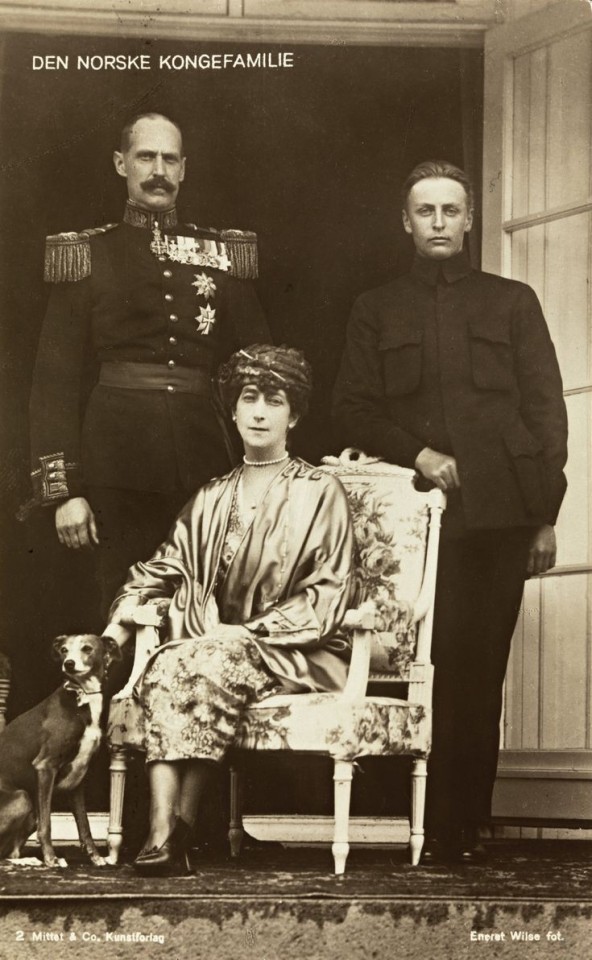
The Norwegian Royal Family:
King Haakon VII of Norway, Queen Maud, Crown Prince Olav and their whippet.
#king haakon vii of norway#queen maud of norway#king olav v of norway#norwegian royal family#norwegian history#house of glücksburg
24 notes
·
View notes
Text
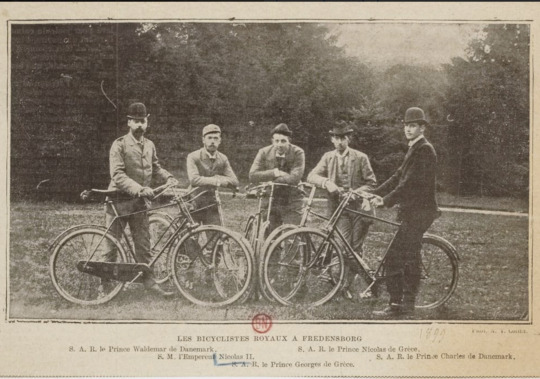
THE BICYCLE WAS ALL THE RAGE, SO THE ROYALS HAD TO GET INTO CYCLING
On the photo above, from left to right: Prince Valdemar of Denmark, Emperor Nicholas II, “Greek Georgie” (Prince George of Greece), “Greek Nicky” (Prince Nicholas of Greece) and Prince Christopher of Denmark. These guys really dressed up to go riding…neck tie, hat…
On the photo below, from left to right, Grand Duke Mikhail Alexandrovich…the jock of the group as usual, notice the handle of his bike; Cousin Victoria of Wales with an incredibly small waist, Queen Maud and her handsome and intelligent husband Hakoon VII.
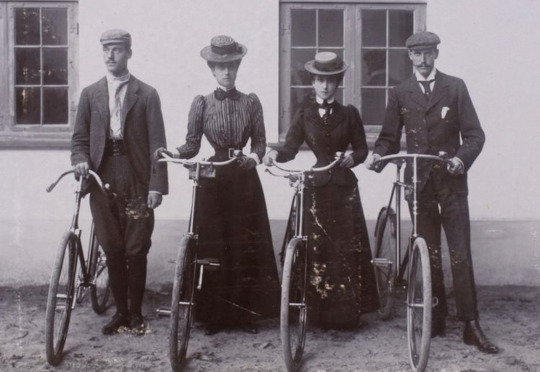
#russian history#imperial russia#nicholas ii#vintage photography#prince nicholas of greece and denmark#prince george of greece#Grand Duke Mikhail Alexandrovich#Princess Victoria of Wales#Queen Maud of Norway#King Haakon VII of Norway#prince Charles of denmark
17 notes
·
View notes
Text
dekongeligesamlinger: The Royal Family enjoys the Easter sunshine at Kongsseteren. Here we see, among others, King Haakon, Princess Astrid, Princess Ragnhild and Crown Prince Olav. Crown Princess Märtha films the occasion before she sits down with the rest of the family and throws snowballs at the film camera. Happy Easter! 🐣❄️
#norwegian royal family#king haakon vii#princess astrid#princess ragnhild#king olav v#crown princess märtha
3 notes
·
View notes
Text

One thing I observe from biographies is they are boring because they expect the audience to be informed and do not provide good setups, context, or payoffs, if they adhere strictly to real events.
The King's Choice (Norwegian: Kongens nei, meaning "The King's No") is a 2016 biographical war film directed by Erik Poppe. It is a co-production of Norway, Sweden, Denmark, and Ireland, starring Jesper Christensen.
#the king's choice#king's choice#king's choice review#haakon vii#jesper christensen#norway#norwegian#biography#war#WW2#movie review#2016
2 notes
·
View notes
Text
last week in my latin class i completely fucked up my assigned passage and my teacher very passively aggressively told me to try figuring out what was going on in my own words before translating but i am doing this week's homework and i have even less of an idea of what is supposed to be going on than before. so. that's fun
#anyway does anyone know who gregory vii was writing to in his epistola ad aconum regem danorum#and aconus = haakon i think? but the text i have is dated 1080#and i literally can't find a scandinavian (?) king with the right name and alive in that year#rare pic of me in the wild
1 note
·
View note
Text
Okay. WHY DOES NO ONE TALK ABOUT Princess Maud of Wales(Queen Maud of Norway) & Prince Carl of Denmark(King Haakon VII of Norway)'s RELATIONSHIP. Like yeah I get it, Tsar Nicholas II & Tsarina Alexandra Feodorovna & some other royals had a really cute & tight relationship and all that, but Maud & Haakon were so so touchy, lovey-dovey, so in love with eachother, and I feel like they were probably always in desperate need of eachother😭. Like I literally could never ever image being Haakon and having to live 19 years without my wife, I DEADASS FEEL SO BAD FOR HIM😭💔.
They were true soulmates.❤
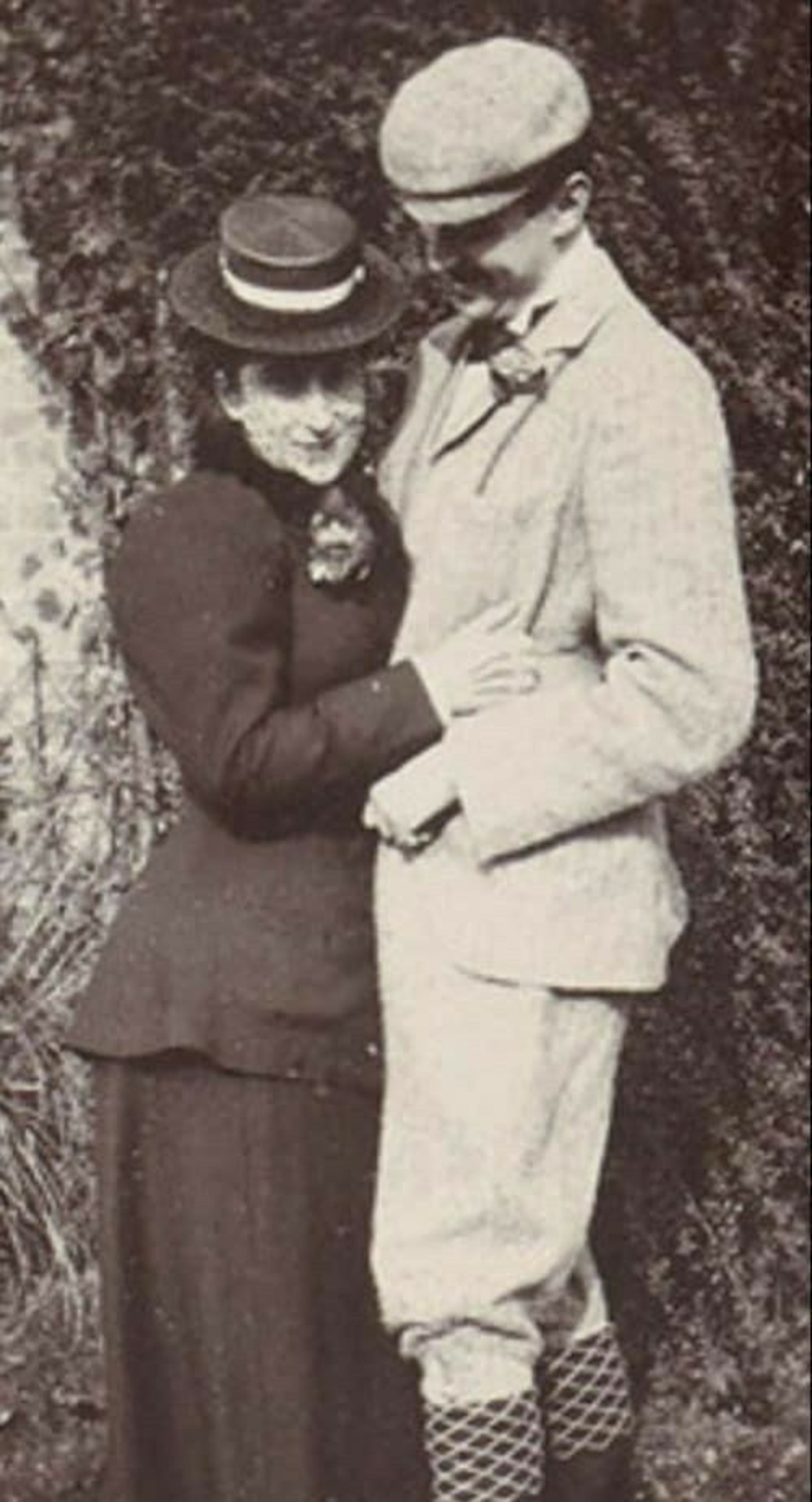
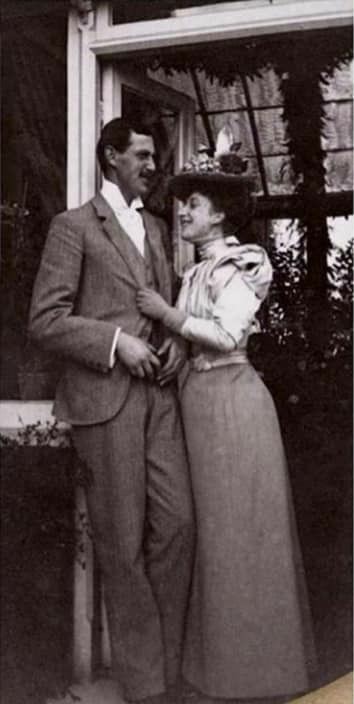
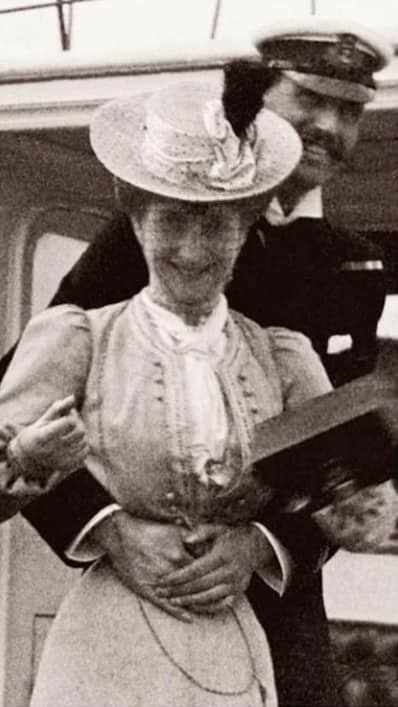
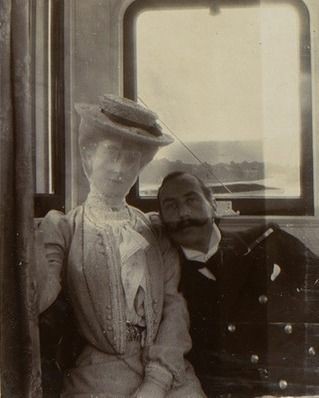
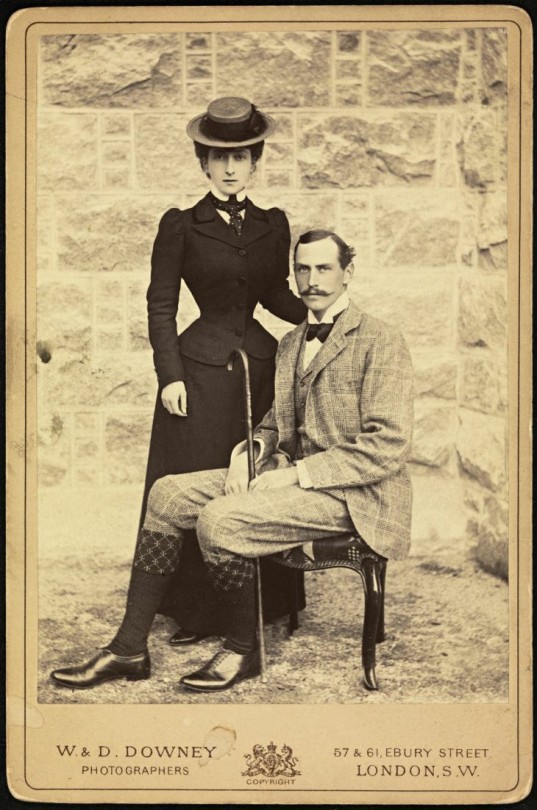
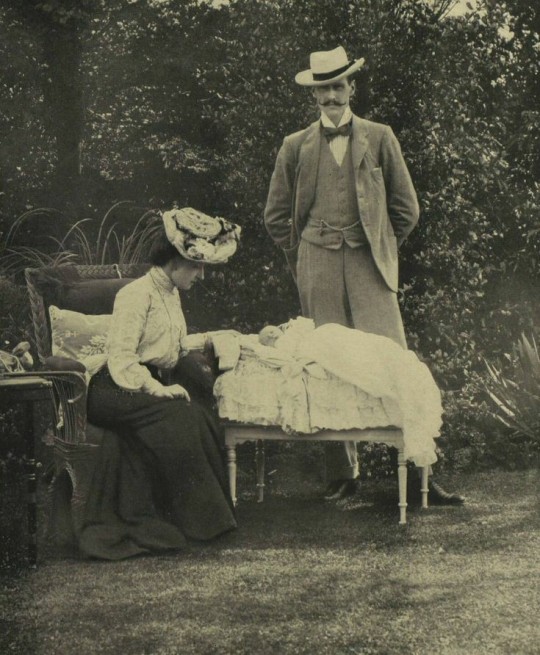
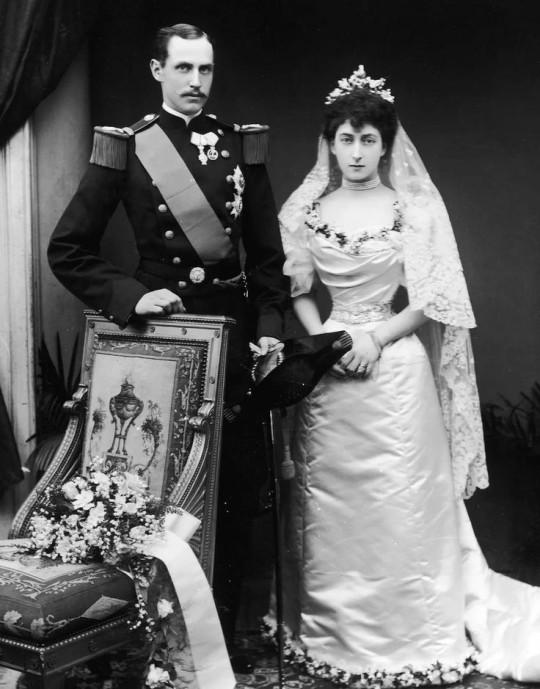

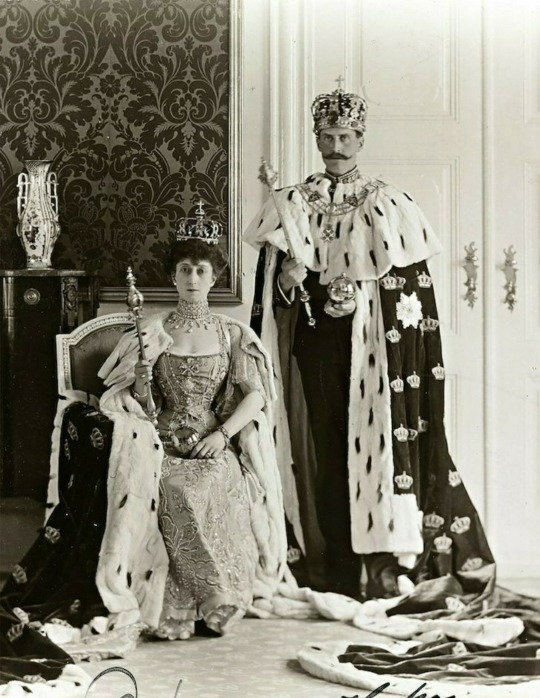
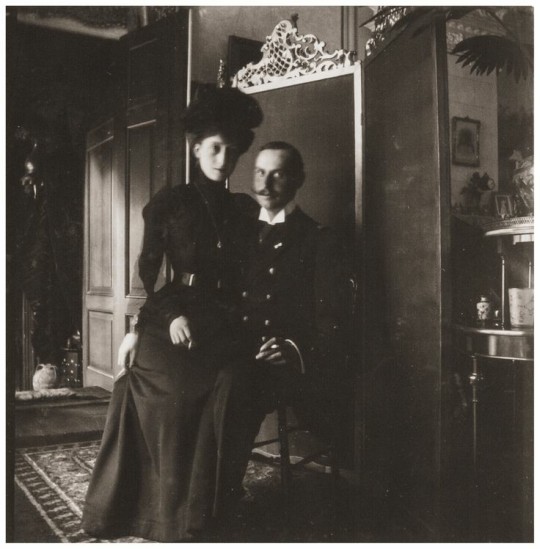
95 notes
·
View notes
Text







Royal Birthdays for today, August 3rd:
Maria of Jülich-Berg, Duchess of Jülich-Berg, 1491
Frederick William III, King of Prussia, 1770
Archduke Albrecht, Duke of Teschen, 1817
Haakon VII, King of Norway, 1872
Princess Christina, Mrs. Magnuson, 1943
Louis of Luxembourg, Prince of Nassau, 1986
Charlotte Casiraghi, Daughter of Princess Caroline, 1986
#Maria of Jülich-Berg#frederick william iii#archduke albert#haakon vii#princess christina#louis of luxembourg#charlotte casiraghi
13 notes
·
View notes